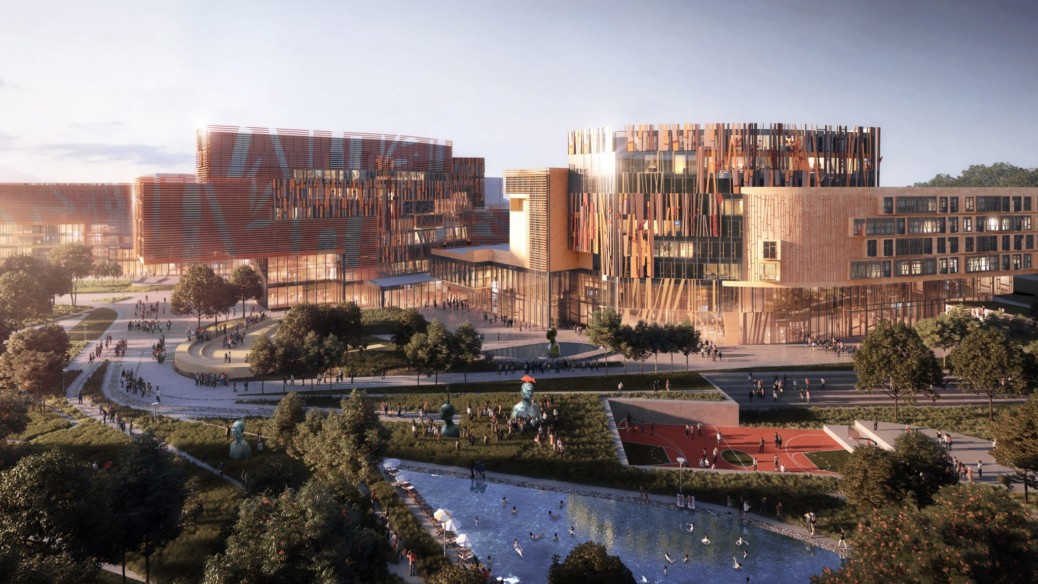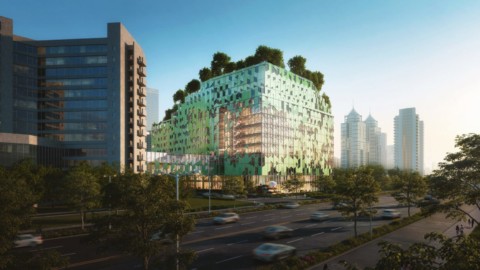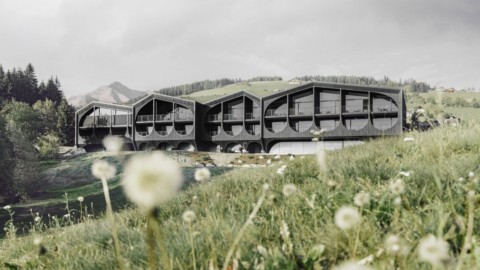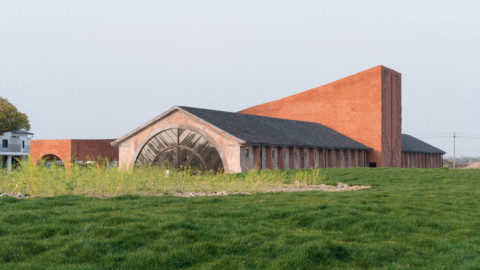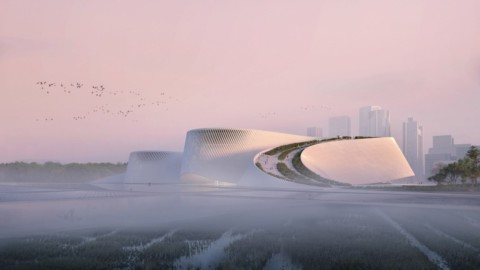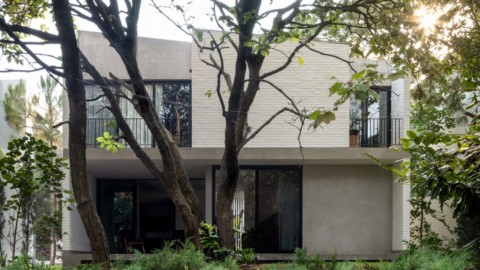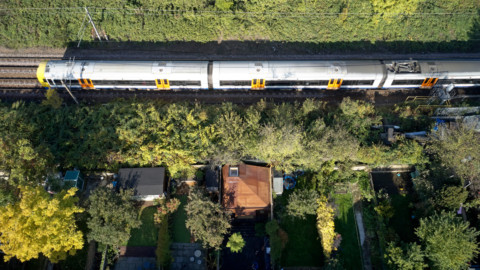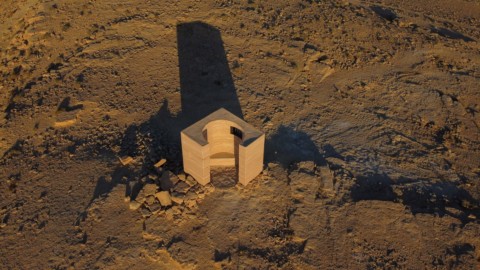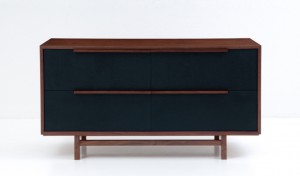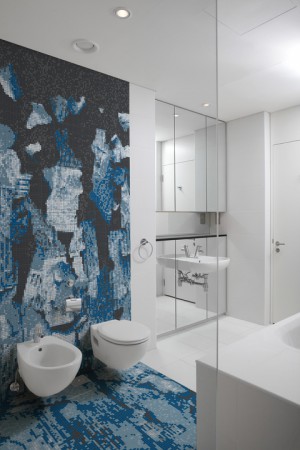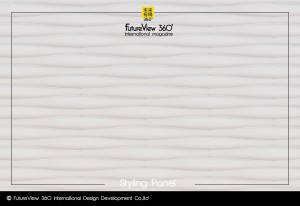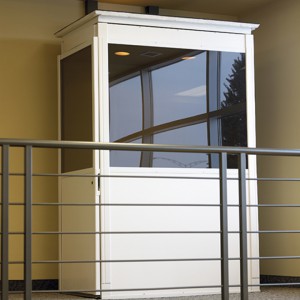Wooden and ceramic louvres that reference musical scores will decorate the Shenzhen Conservatory of Music, a group of buildings that Spanish studio EMBT has designed in China.
The 129,700-square-metre complex will be built on the Chinese University of Hong Kong’s Shenzhen campus and include a theatre, concert halls and rehearsal spaces.
It was designed to be a landmark for the city and also hoped to become an “international and renowned institution in the teaching of music and art”, said EMBT.
參照樂譜的木製和陶瓷百葉窗將裝飾深圳音樂學院,這是西班牙工作室EMBT在中國設計的一組建築。
這座佔地129,700平方米的綜合大樓將建於香港中文大學深圳校區,包括劇院,音樂廳和排練空間。
EMBT說,它被設計為城市的地標,並希望成為“音樂和藝術教學方面的國際知名機構”。
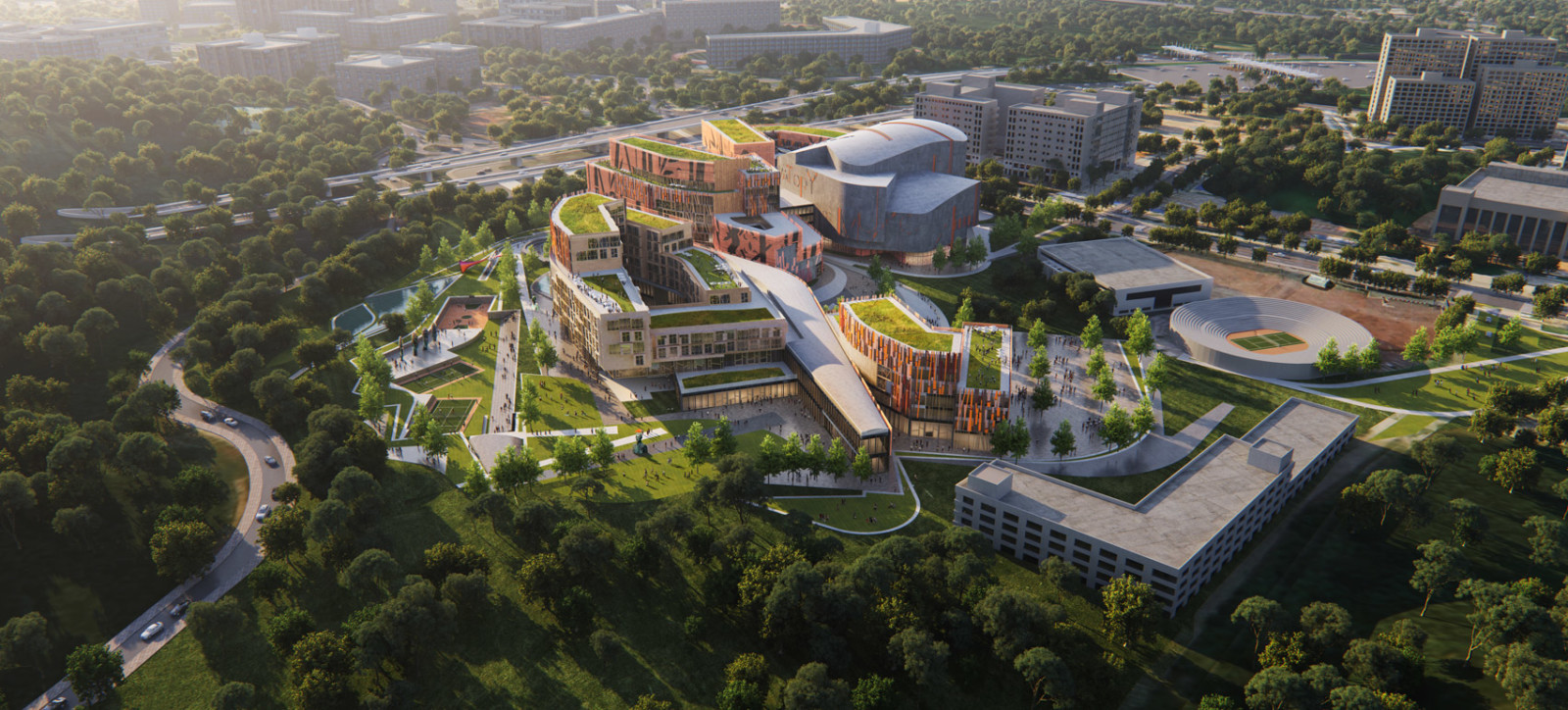
The proposal forms a part of the local government’s masterplan named the Shenzhen Ten Cultural Facilities of New Era, for which 10 buildings are being constructed across the city.
It will be joined by a science museum by Zaha Hadid Architects, an opera house by Jean Nouvel and a cultural centre by MAD and ECADI, with schemes also proposed by SANAA, Sou Fujimoto and 3XN.
該提案是地方政府總體規劃的一部分,該規劃名為“新時代的深圳十大文化設施”,該城市正在建設十棟建築物。
扎哈·哈迪德建築師事務所(Zaha Hadid Architects)的科學博物館,讓·努維爾(Jean Nouvel)的歌劇院以及MAD和ECADI的文化中心,SANAA,藤本壯介(Sou Fujimoto)和3XN也提出了計劃。
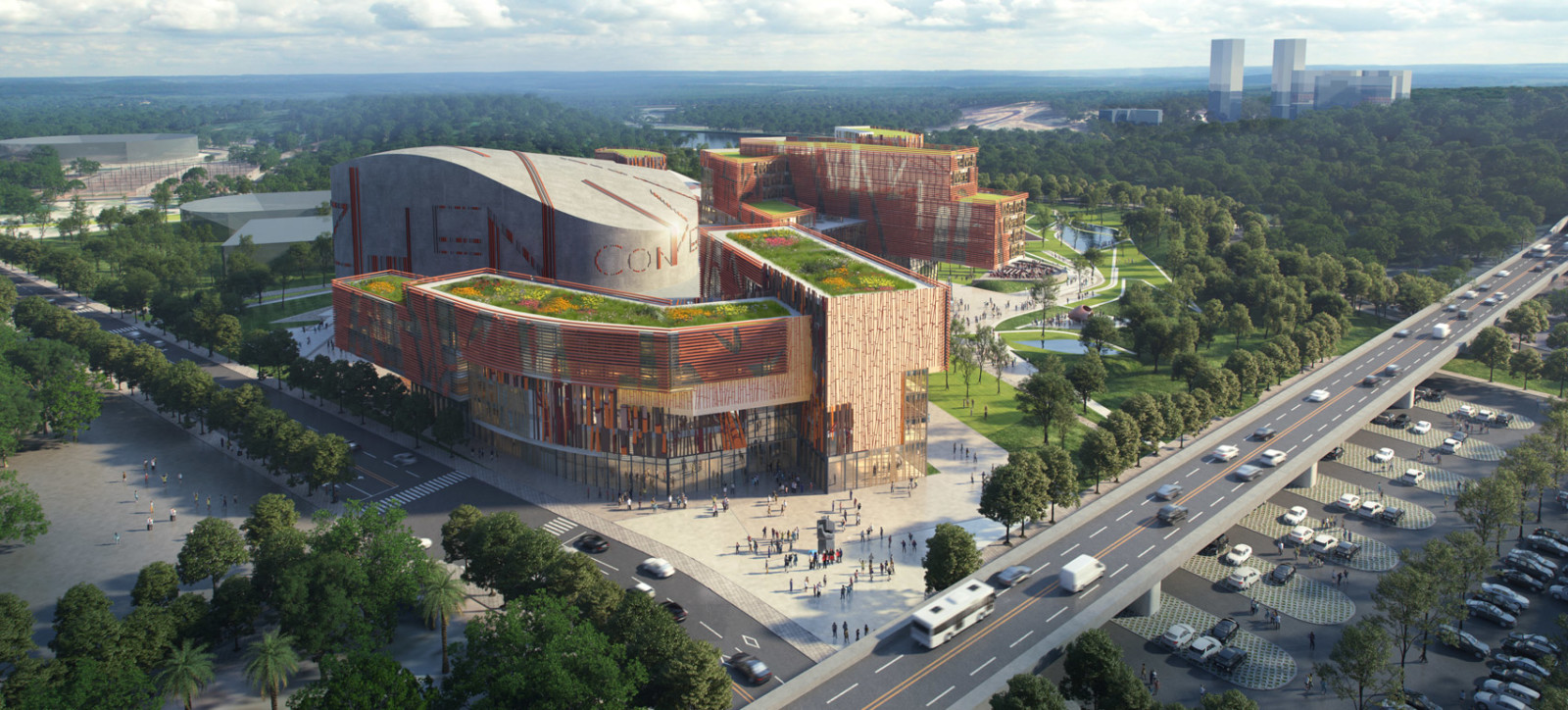
The layout of the Shenzhen Conservatory of Music is planned around the 200-seat rehearsal hall, the 500-seat concert hall and the 700-seat theatre, which form the complex’s spine.
The size and distribution of the buildings is intended to echo the scale of the rest of the campus’ architecture to ensure it is “a positive addition” to the skyline.
深圳音樂學院的佈局計劃圍繞200個座位的排練廳,500個座位的音樂廳和700個座位的劇院組成,這些都構成了該建築群的主幹。
建築物的大小和分佈旨在呼應校園其余建築的規模,以確保它是對天際線的“積極補充”。
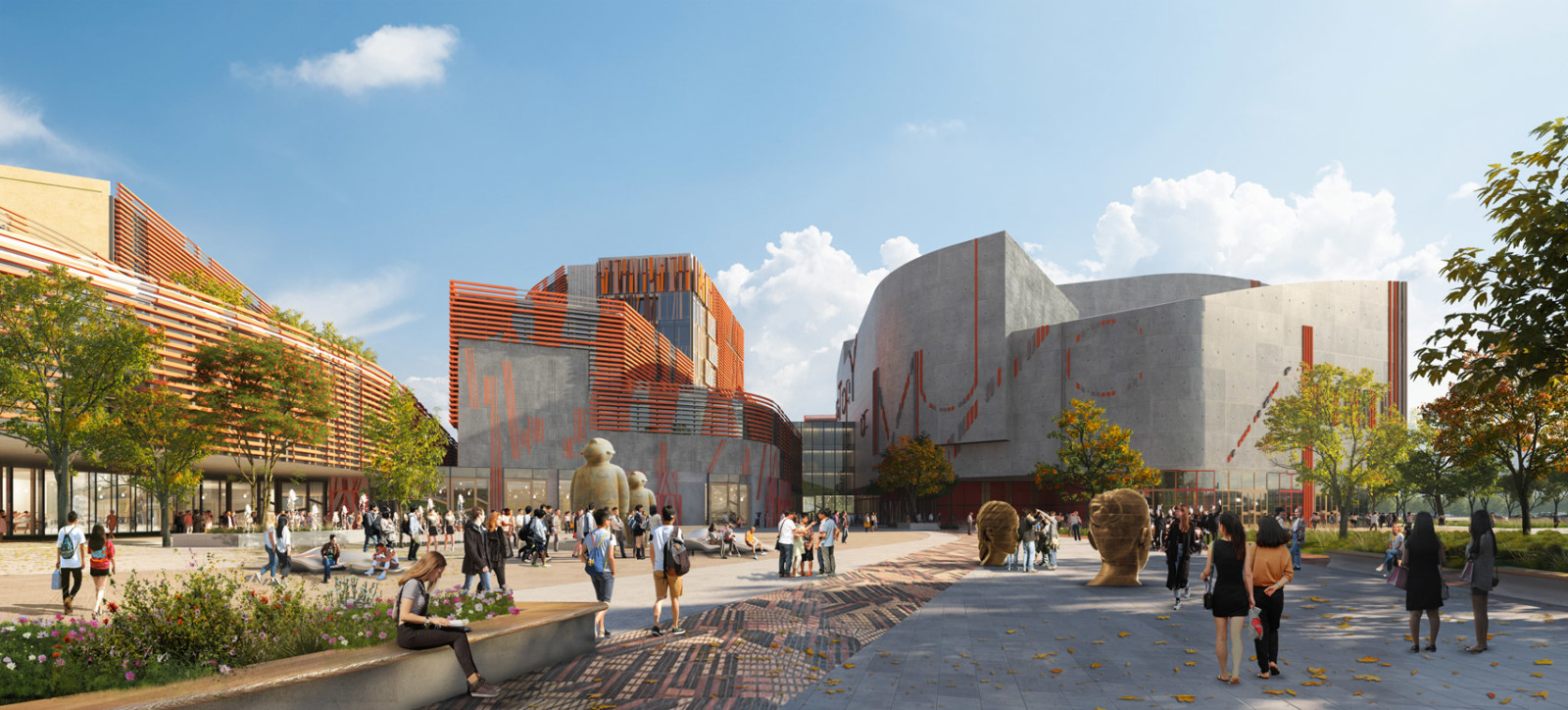
Once complete, the Shenzhen Conservatory of Music will also include teaching rooms, a library, sports facilities, a dining area, offices and dormitories.
They will be arranged as a cluster of buildings and designed by EMBT to connect with the surrounding landscape, which includes the university’s park and a reservoir.
一旦完成,深圳音樂學院還將包括教學室,圖書館,體育設施,用餐區,辦公室和宿舍。
它們將被佈置成建築物群,並由EMBT設計,以與周圍的景觀相連,其中包括大學的公園和水庫。
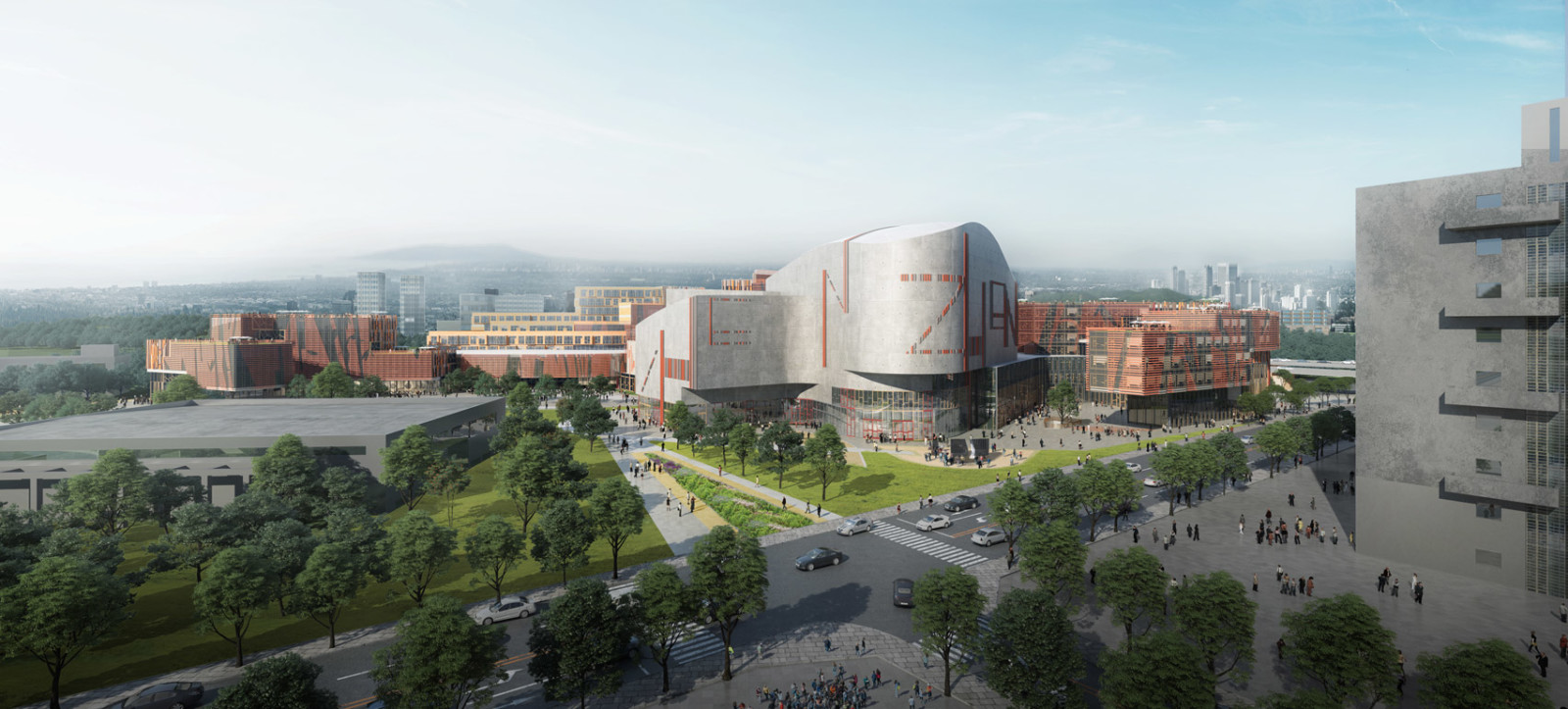
The ground floors of each building will be designed to be as open as possible, “blurring the edges between the indoor and the outdoor activities”.
每個建築物的底層都將設計為盡可能開放,以“模糊室內和室外活動之間的邊緣”。

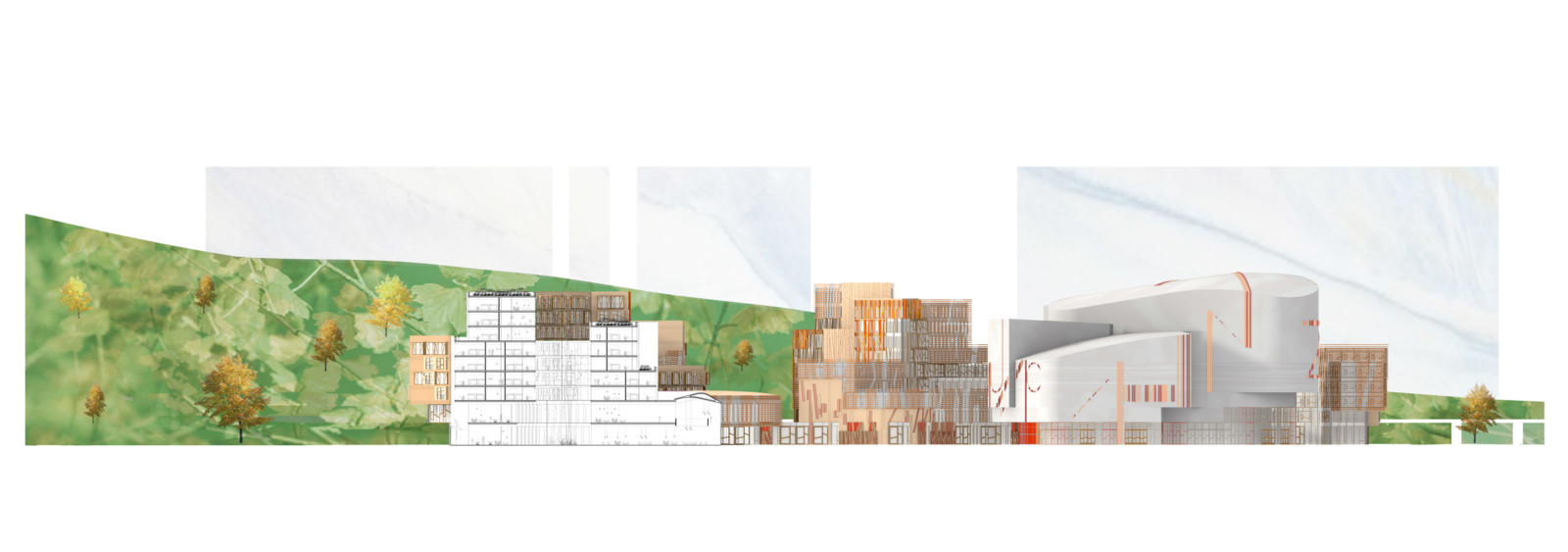
“Our masterplan offers a well-balanced dialogue with its built and natural surroundings,” explained EMBT.
“It proposes an architecture that blends with the landscape, softening the interactions between nature and the student community, granting an inviting and inclusive experience, and offering a shared landscape at the heart of the campus.”
EMBT解釋說:“我們的總體規劃提供了與建築環境和自然環境之間平衡的對話。”
“它提出了一種與景觀融為一體的體系結構,軟化了自然與學生社區之間的互動,賦予了誘人的包容性體驗,並在校園中心提供了共享的景觀。”
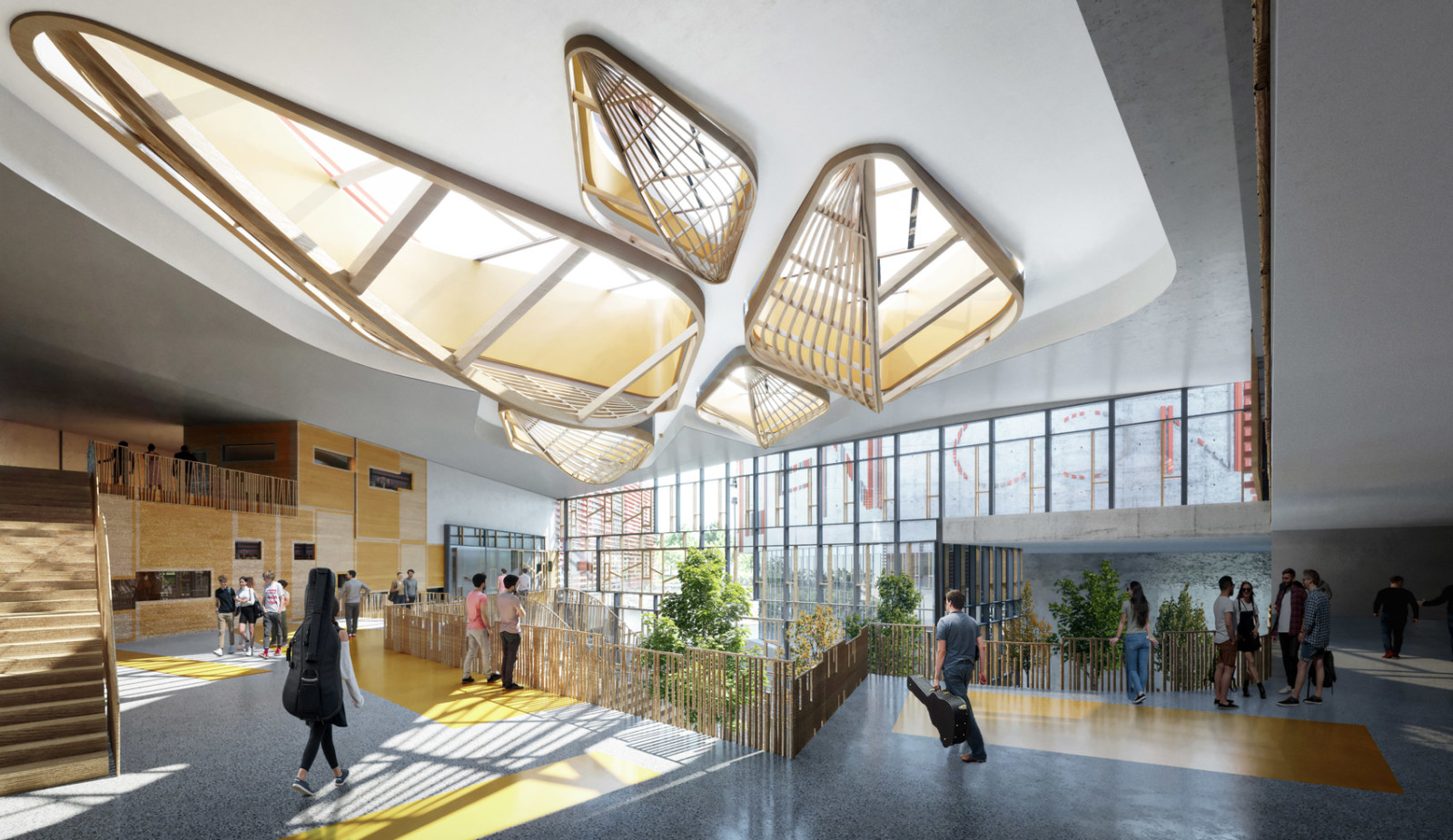
The buildings positioned around the central spine will contain the complex’s smaller facilities and incorporate courtyards that help establish a connection to the outdoors even further.
“These interior plazas will be full of light and green, and they can be considered as interior gardens, as well as an extension of a public space as an internal street,” said the studio.
位於中央脊柱周圍的建築物將包含該綜合設施的較小設施,並合併了庭院,這些庭院有助於進一步建立與室外的聯繫。
該工作室說:“這些內部廣場將充滿淺綠色,它們可以被視為室內花園,以及作為內部街道的公共空間的延伸。”
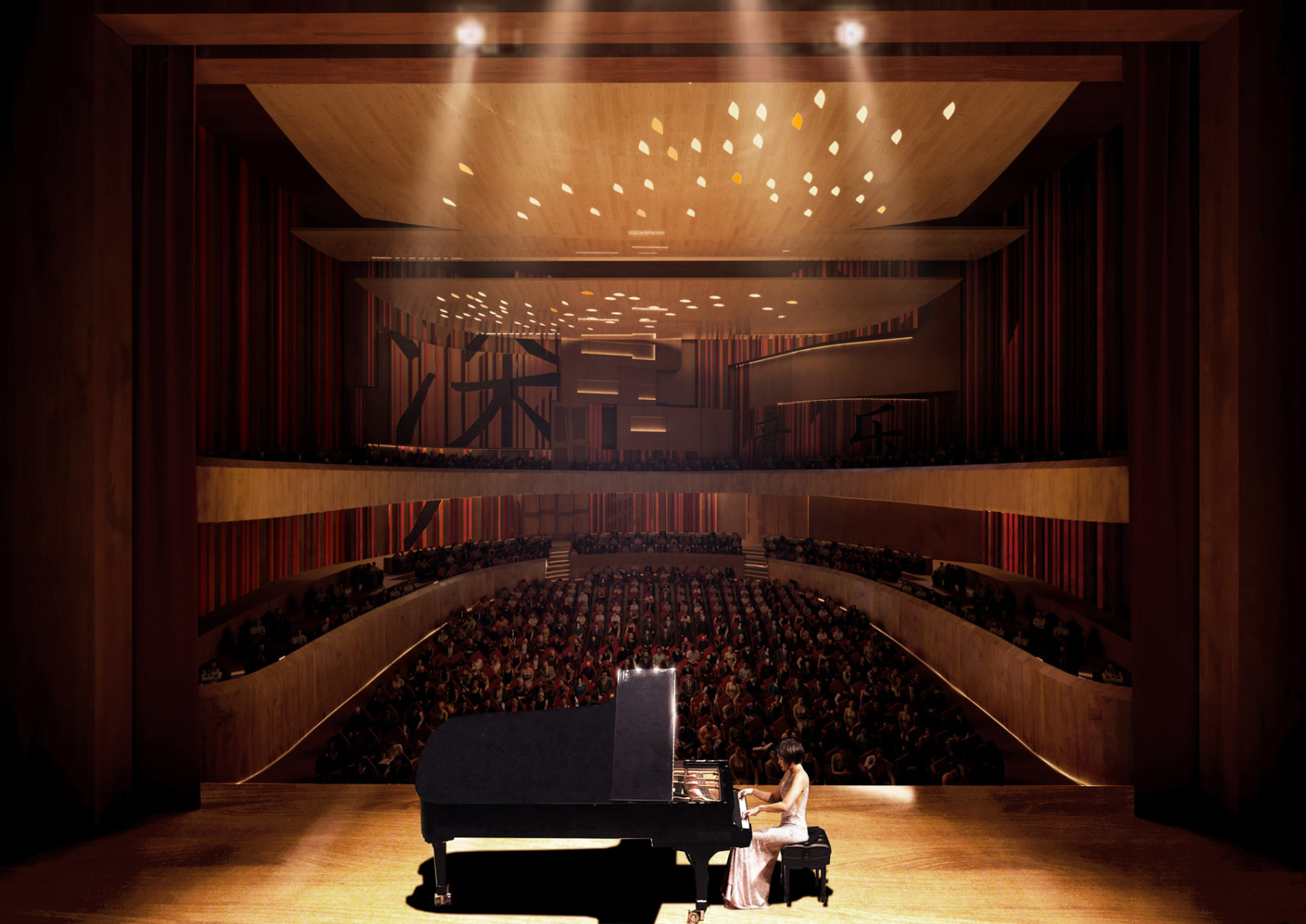
Shenzhen Conservatory of Music’s focal point will be its main theatre, which will have a distinctive, sculptural exterior, which the visuals suggest will be made from concrete.
The surrounding buildings will be adorned with wood and ceramic louvres, which mimic “the surrounding nature in its facades while resembling some music scores”.
深圳音樂學院的重點將是其主要劇院,該劇院將具有獨特的雕塑外觀,視覺效果由混凝土製成。
周圍的建築將裝飾有木製和陶瓷百葉窗,模仿“立面中的周圍自然環境,同時還模仿一些樂譜”。
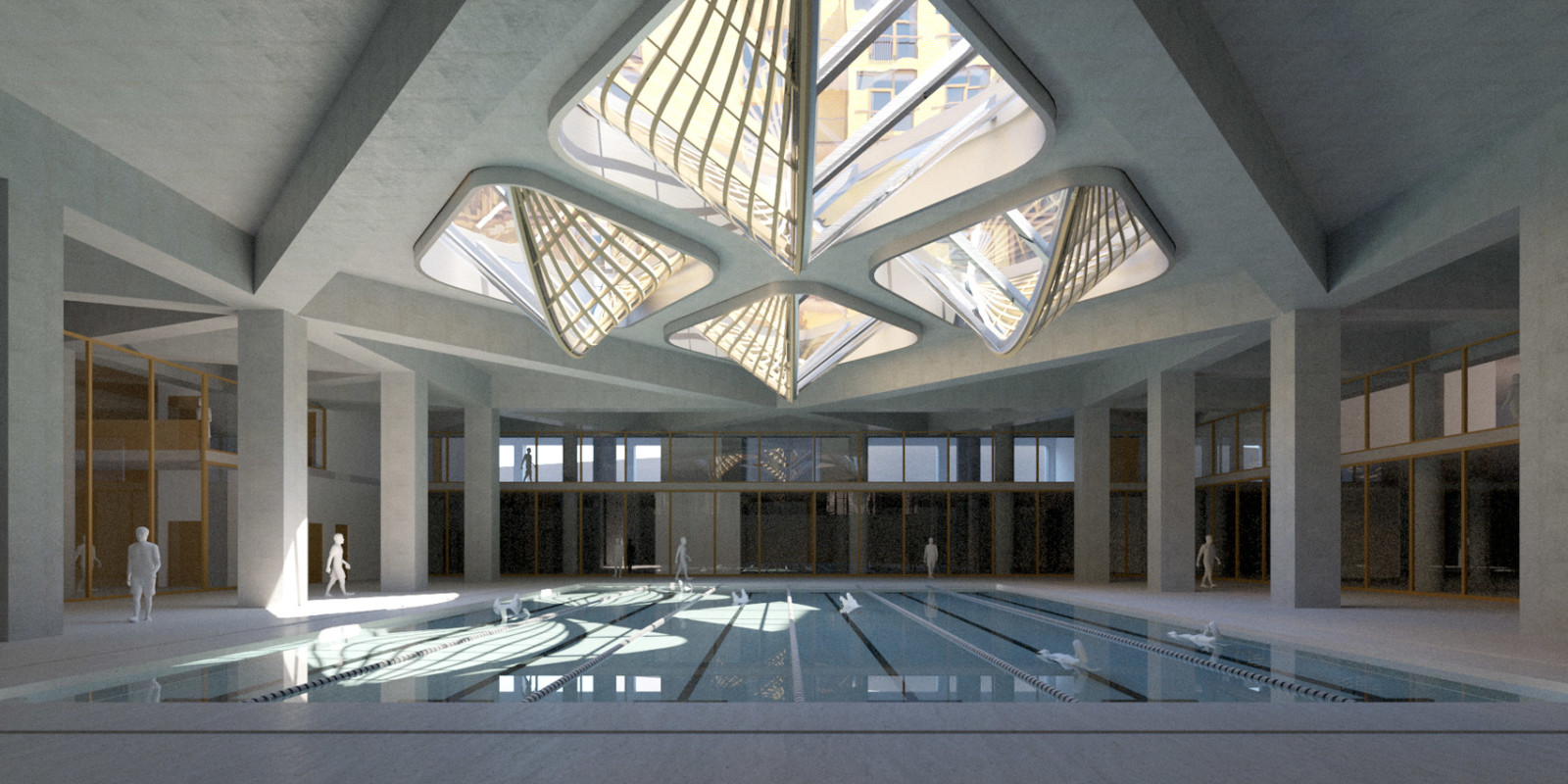
EMBT hopes to incorporate a number of passive design strategies to help reduce the Shenzhen Conservatory of Music’s energy demand and carbon footprint.
This will involve orientating the buildings to maximise solar gain while using louvres on the facades that allow light and air to enter while preventing direct sunshine and overheating.
EMBT was founded in Barcelona in 1994 by Benedetta Tagliabue and late architect Enric Miralles. Other projects by the studio include a Maggie’s Centre for cancer care at an art nouveau-hospital in Barcelona.
Visuals are by Fancy, courtesy of EMBT.
EMBT希望採用多種被動設計策略,以幫助減少深圳音樂學院的能源需求和碳足跡。
這將涉及對建築物進行定向,以最大程度地利用太陽能,同時在立面上使用百葉窗,以允許光線和空氣進入,同時防止陽光直射和過熱。
EMBT由Benedetta Tagliabue和已故建築師Enric Miralles於1994年在巴塞羅那成立。 該工作室的其他項目還包括位於巴塞羅那新藝術醫院的瑪吉癌症治療中心。
圖像由Fancy提供,由EMBT提供。
FROM:https://www.dezeen.com/2021/03/31/embt-shenzhen-conservatory-of-music-china/

